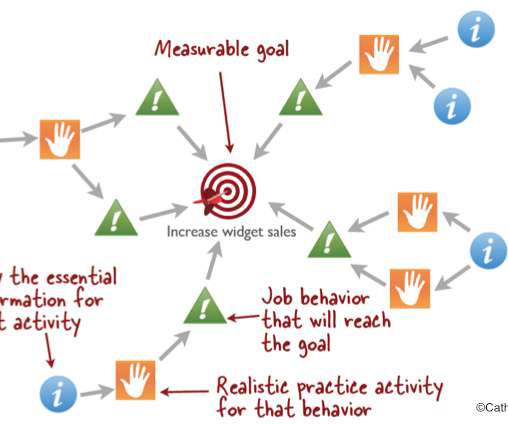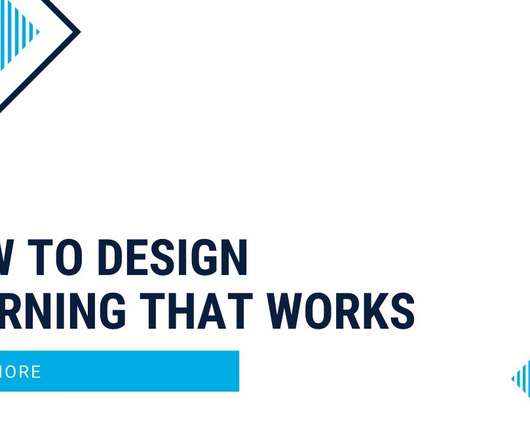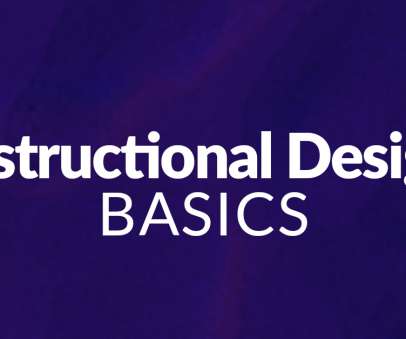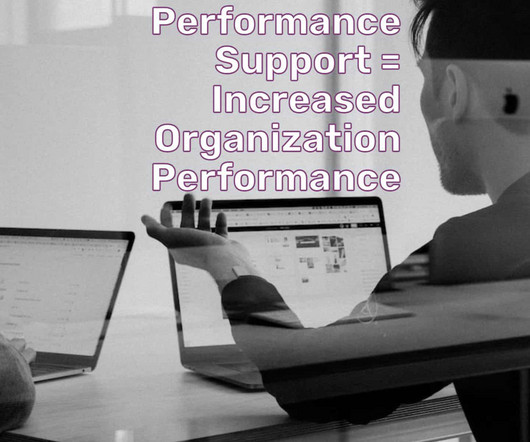4 Ways To Assess The Impact Of Your Training
Tesseract Learning
DECEMBER 29, 2022
As per the ADDIE course development model, the last phase is the evaluation. Level 3: Behavior. The third level is to know if there have been behavioral changes post training. For this, the L&D department and business need to have a robust framework wherein the KPIs and learning metrics are all linked in a structured manner.































Let's personalize your content